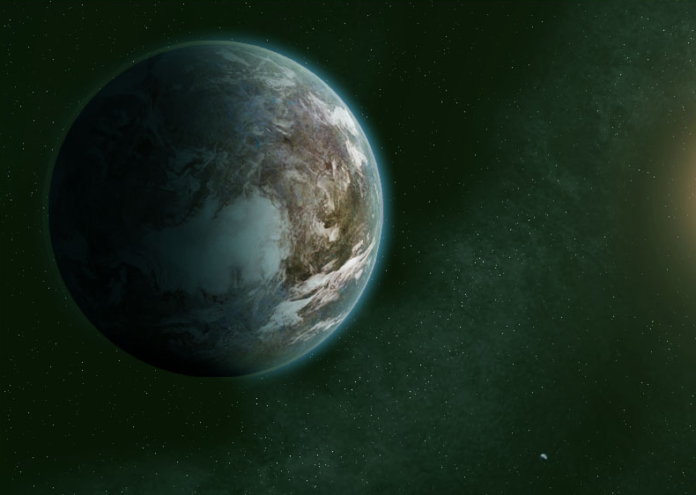A new way of understanding the cooling and transfer of heat from terrestrial planetary interiors has been proposed by a team of scientists from Hampton University, the University of Hong Kong, and NASA. They’ve also written about how this affects the generation of volcanic terrains found on rocky planets in a paper published recently in Earth and Planetary Science Letters.
“We believe that the concept of a heat-pipe mode of planet formation is important and will help explain the evolution of all rocky planets,” said one of the co-authors of the study Dr. Justin Simon, NASA Planetary Scientist, Center for Isotope Cosmochemistry and Geochronology in the Astromaterials Research and Exploration Science Division at NASA’s Johnson Space Center in Houston, Texas. “If shown to be correct, it will be discussed along with the theories of plate tectonics, planetary ‘magma oceans’ and the ‘giant impact theory for the origin of the moon.'”
The scientists’ belief is that heat-pipe cooling was involved in the formation and evolution of early terrestrial planets, including our own. They also hypothesized that it represents how the magma ocean mode transformed to the plate tectonic mode during evolution. The role of these heat-pipes is to allow the transfer of heat from the center to the surface. “The terrestrial bodies in our solar system look different enough that the classical view is that they all formed differently, at least in terms of making their outer shell,” says Dr. Alexander Webb, Associate Professor at the University of Hong Kong. “If our analysis holds merit, it points in the direction of a universal model for the early development of terrestrial planets, across our solar system and beyond.”
During the study, the authors noted that Mercury went through a global transformation early on in its evolution through various volcanic eruptions. What they decided was that the planet went through an episode of heat-pipes operating for less than the first billion years of its existence. Venus, too it seems is dominated by volcanoes with few identifiable centers, but with Venus, there’s not enough evidence to suggest active heat-pipe cooling. However, the authors to conclude that the planet’s thick stagnant lithospheric lid does show evidence there once was heat-pipe operation going on once upon a time, but not in the past few hundred million years.
Mars features many large volcanoes and cratered terrains. But researchers are not certain which processes were responsible for the formation of the dichotomy between the northern and southern hemispheres. However, they have suggested that heat-pipe volcanism could have created the strong lithosphere and helped to preserve it over the years.
Evidence was gathered from a variety of sources during this study to help demonstrate how heat-pipes could have been the primary mechanism behind the crustal formation and resurface. The heat-pipe hypothesis supplies a plausible explanation for these volcanic features found on terrestrial planets and could hold vital information in regards to their evolution. It also forces us to re-evaluate our expectations as to what we may see on the surfaces of these rocky planets and beyond.
More News to Read
- Are Enzymes the Answer to Curing Diseases Such as Cancer and Diabetes?
- NASA’s First 3D Printed Rocket Part is Ready for Testing
- New Breakthrough, Now Cells Can Be Programmed to Fight Disease
- Researchers Discover Bacteria Can Damper the Effects of Chemotherapy
- Physicists Decipher Magnetic Ordering in New MultiFerroic Material

